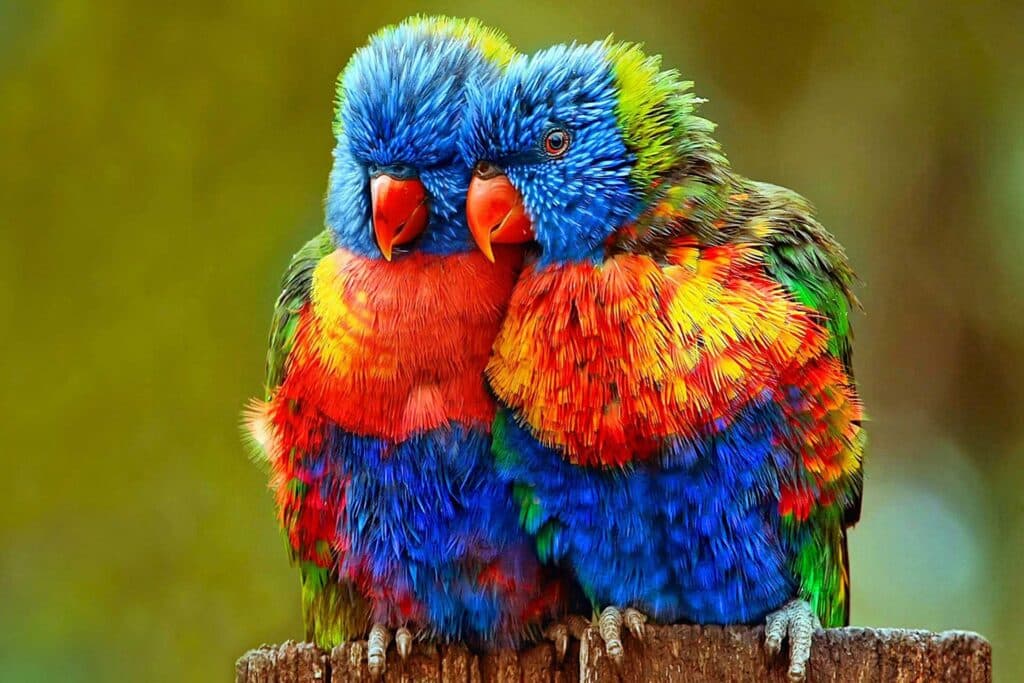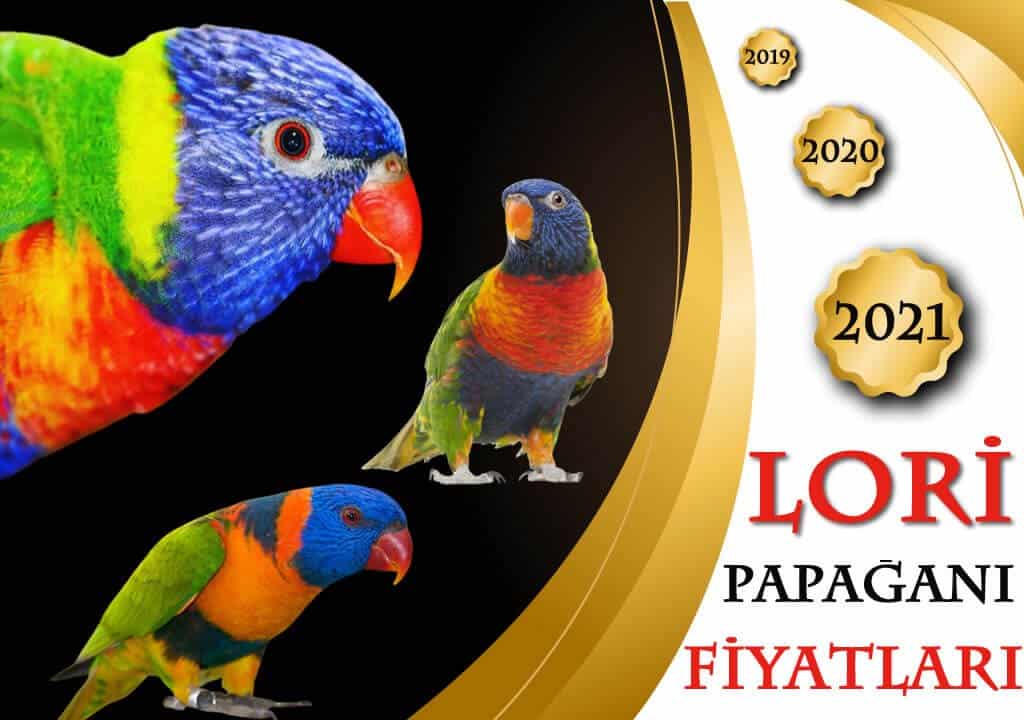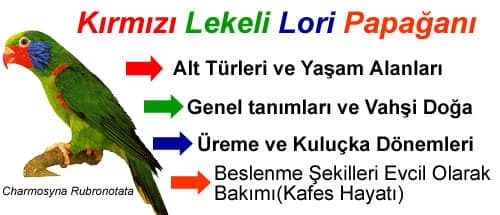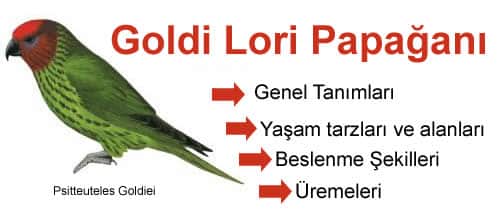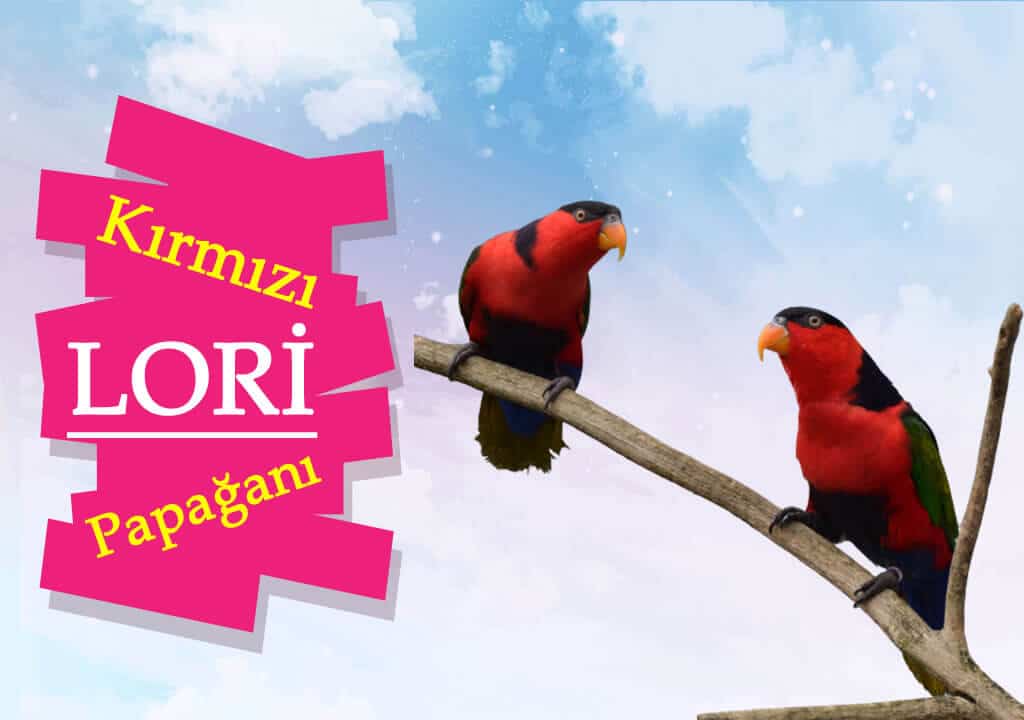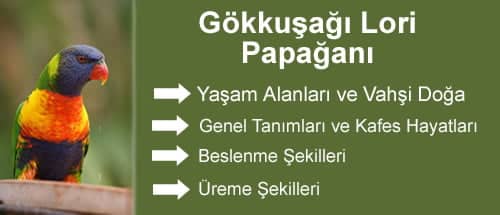Blog
Red Lori Parrot
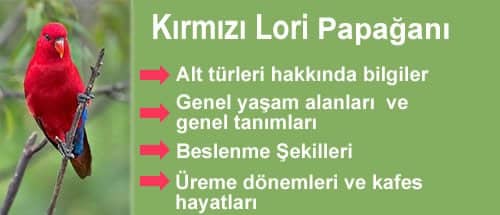
Red Lori Parrot (Eos Bornea)
Sub-Types
- Eos Bornea
- Eos Cyanogenia
- Eos Histrio
- Eos Reticulata
- Eos Semilarvata
- Eos Squamata
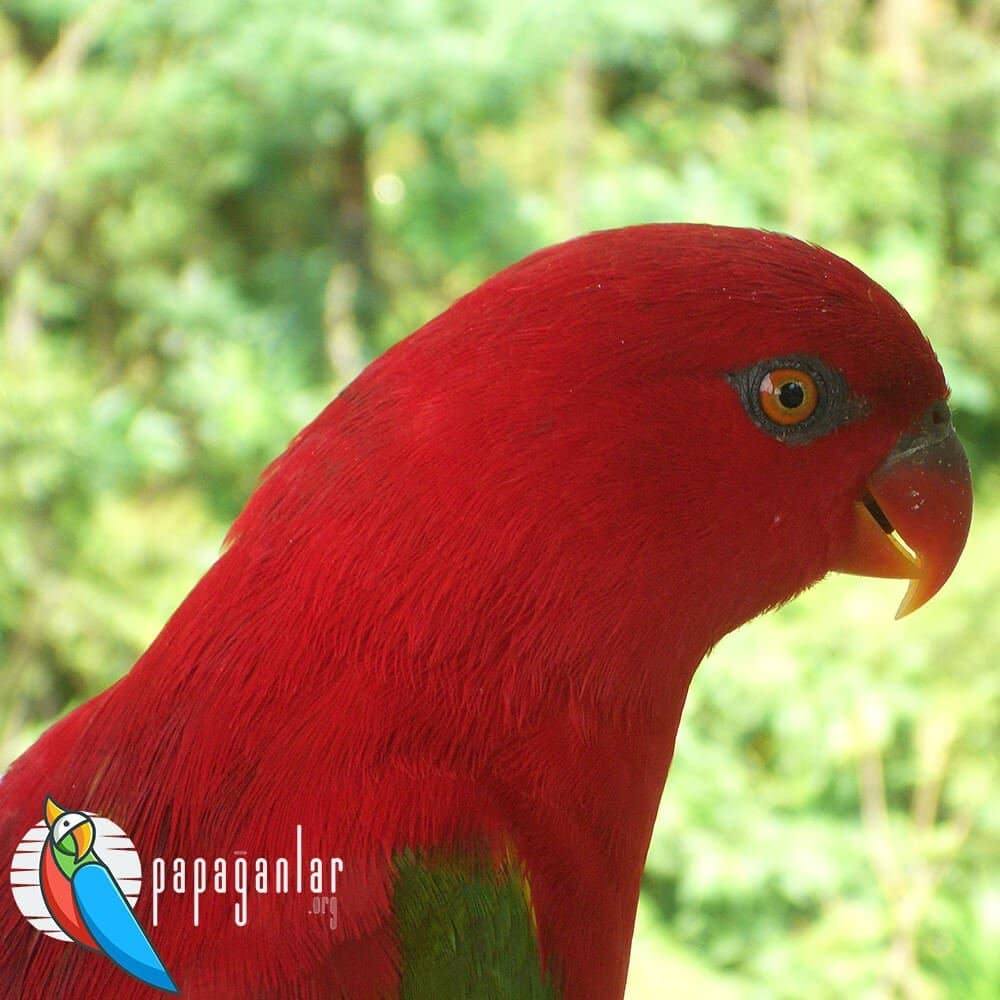
Living Areas
They are found on the Indonesian islands, including subspecies. The main islands are: Ambon, Boana, Seram, Haruku, Saparua, Manawoka, Gorong as well as Watubela, Banda, Tayandu and Kai island. In addition to choosing forest areas, they also prefer green flat areas and places close to fruit planting areas. It is a species that loves water and washing very much. That’s why she lives in places that allow it. Except for the breeding season, they are found together in large groups.
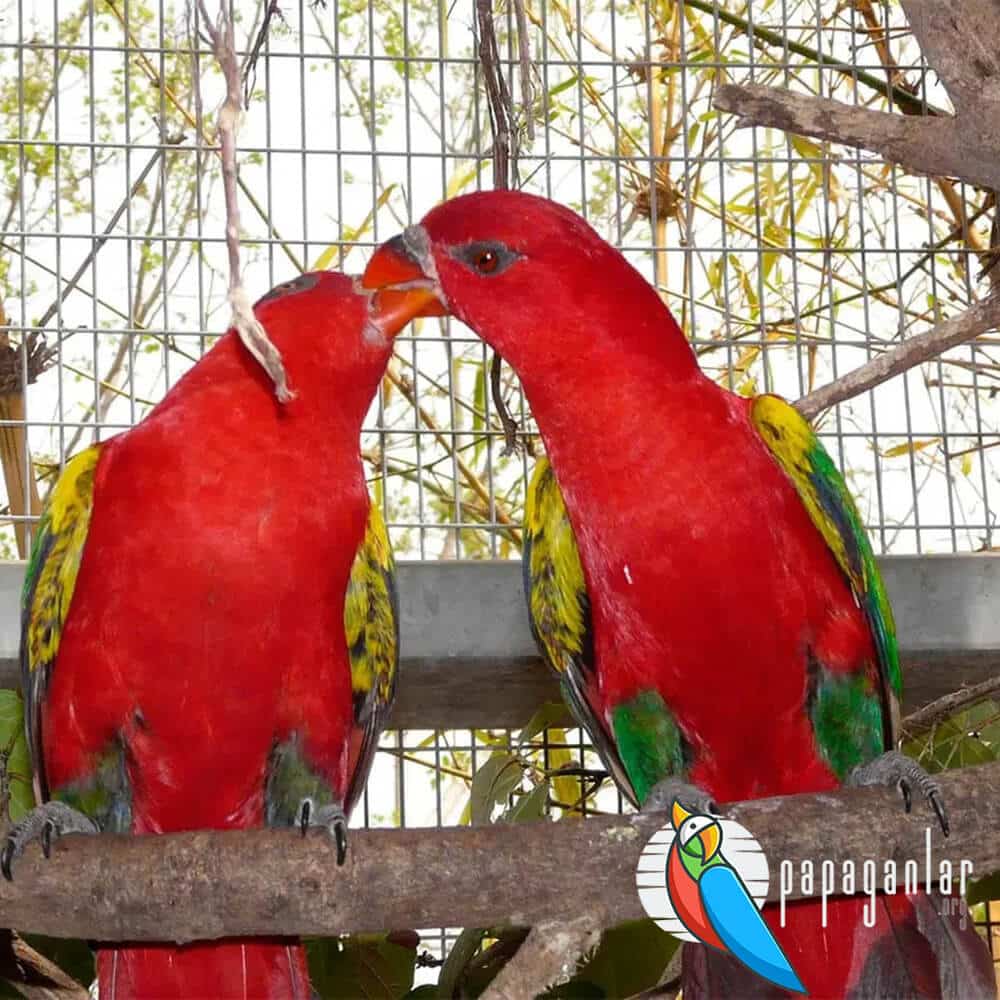
General Definitions
It has dimensions of about 30 centimeters. The predominant colors on their bodies are a vivid red tone. In addition, black and dark blue tones are also available.
It is not possible to make the gender distinction externally. Only young and juveniles can be distinguished by their duller colors and darker beaks.
Their life span ranges from 20 to 40 years.
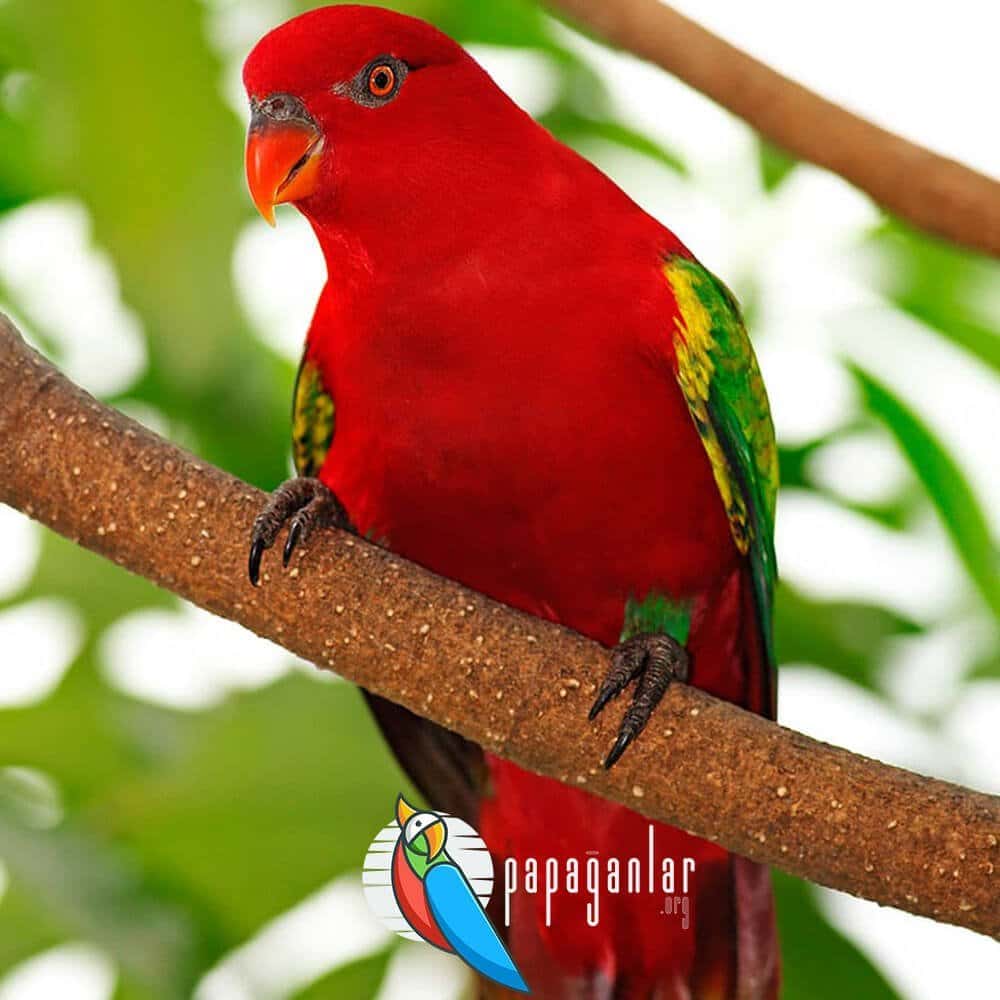
Nutrition Patterns
They generally consume pollen of flowers, fruit juices (fruit nectar) and juicy soft fruits, such as lorikeets. In addition, they also consume seeds in very small amounts and not frequently. It eats live insects as supplementary food.
Breeding of Red Lori Parrots
Breeding dates are variable. This species, like many, makes its nest in hollows of tree cavities. The incubation period is 24 – 26 days. Baby birds learn to fly in 54 – 56 days. At the end of the following 4 weeks, they leave the nest. After this time, their parents start to bite their offspring to leave the nest.
They managed to breed this species in domestic for the first time in 1940. A lot of information has already been reached in this way.
Lori parrots are a preferred breed as pets. Their speaking and imitation skills are quite high. They just don’t like cage life very much. They like to be very active and always active. It is an easy breed to breed at home.
When Feeding This Species It is necessary to feed in room type keels rather than cages, that is, in cages with large areas. In order to have plenty of climbing opportunities, a layout should be established accordingly. Since they also like to take a bath, it is necessary to provide the conditions in which they can be washed. The fact that the room temperature is not below 20-25 degrees also plays a very important role in their maintenance.




